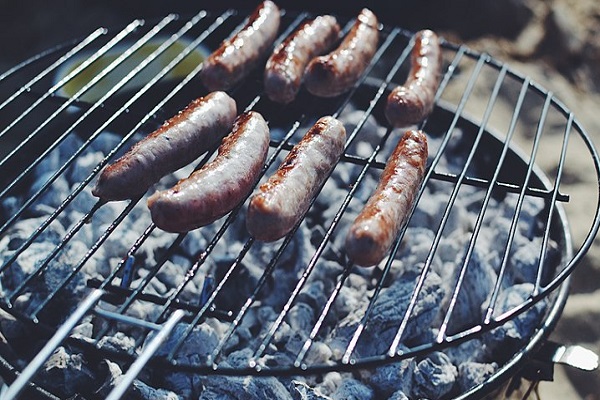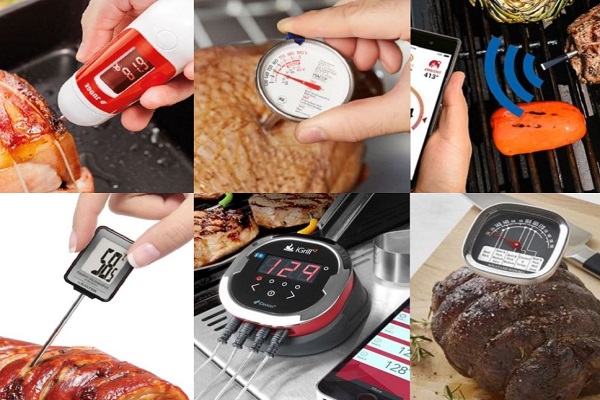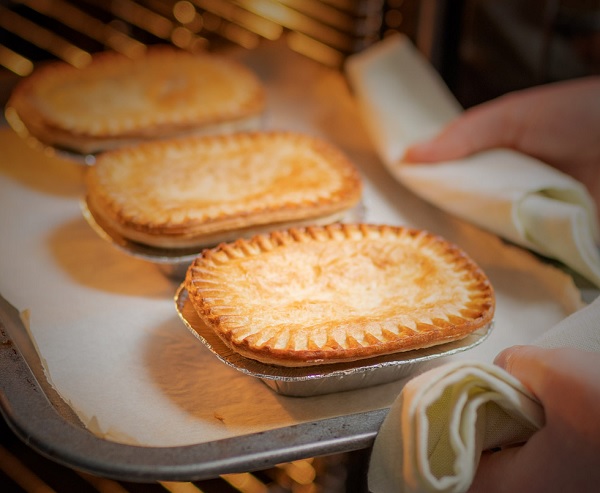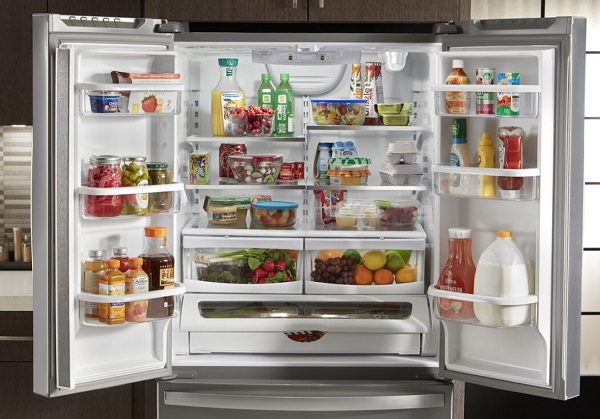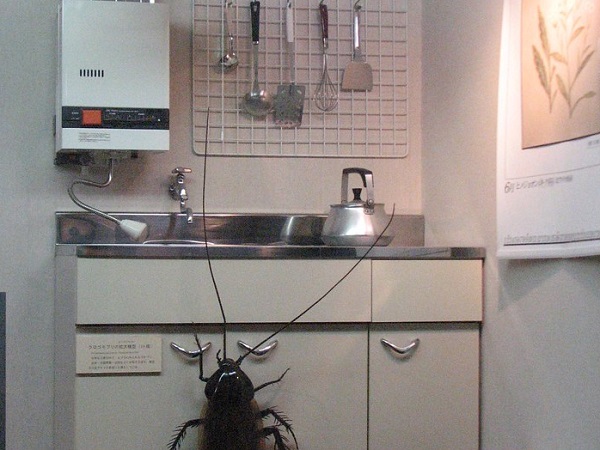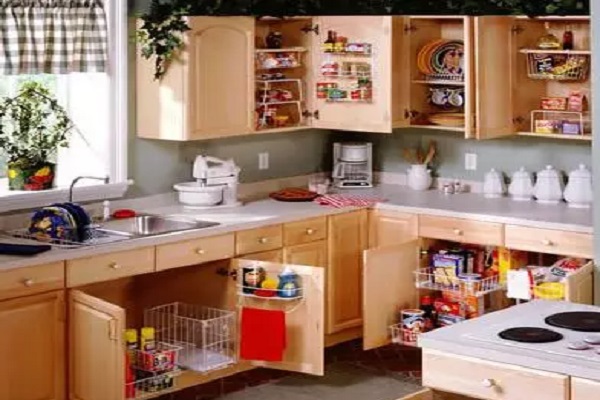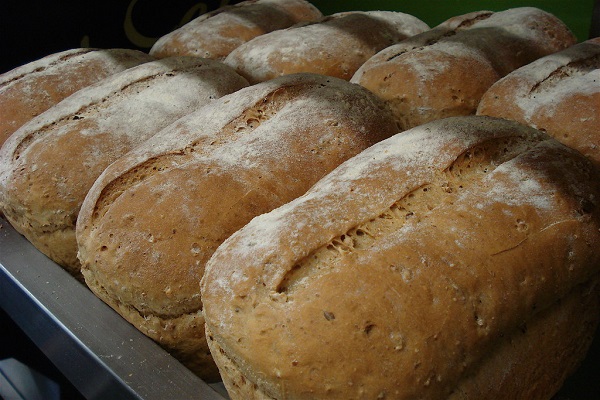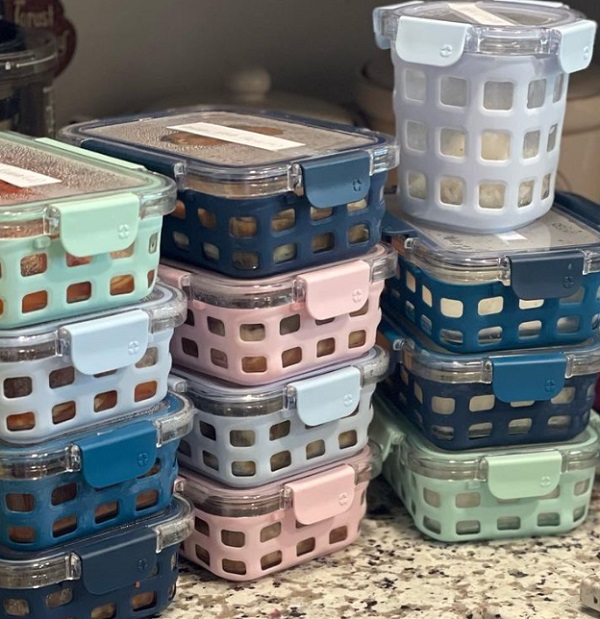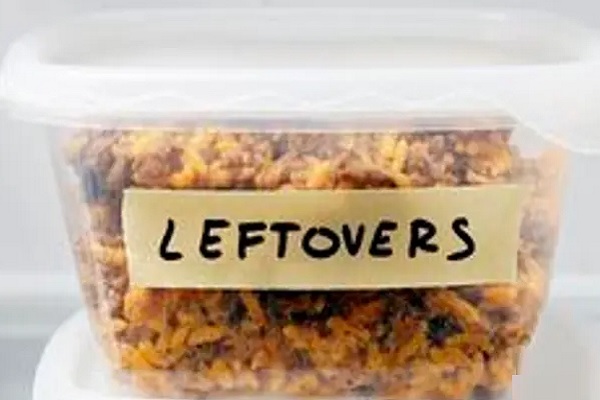
A 19 years old student in Massachusetts had his leg amputated below the knee as well as all of his 10 fingers after he eat leftover Chinese food at a friend’s house. He suffered multiple organ failures by the time he reached the hospital after what the doctors determined to be a rare form of septic shock caused by toxins from a bacteria that lives on poorly refrigerated leftovers. Deaths from contaminated leftovers are not that rare. There are many cases of hospitalization and deaths all over the world yearly which is sad because they are totally avoidable. Here are the 10 safety measures you must observe to keep your leftover food safe.
Refrigerate Within Two Hours
This is the leftover safety 101 for any food you intend to eat later. Once food hits room temperature, bacteria multiply at a high speed and within two hours, they may be out of control. If your food has been at room temperature for over two hours you should consider recooking properly before you cool and put it in the refrigerator. If you can’t remember how long food has been outside the refrigerator, the safest option is to dump it because refrigerating can’t reverse some extent of the contamination.
Don’t Overstock Your Refrigerator
The desire to load your refrigerator with food is good because it helps with your food security but it doesn’t help with the food quality. There has to be proper air circulation below four degrees Celsius in the refrigerator for your food to stay safe which is why you need to give your leftovers enough air circulation. Overstocking may cause the food to get contaminated in the refrigerator because there isn’t enough circulation to remove the contamination. Sometimes the whole refrigerator may start to stink in the absence of proper cooling. This is because the compressor may overheat in an attempt to cool all the contents of the fridge at a set temperature. Consequently, the refrigerator might go out of order and you may then have to contact a refrigerator repair service that can provide repair experts who can fix your fridge. Therefore, when overstocking, you should consider setting your refrigerator below four degrees Celsius to keep up with the clogged conditions and put less pressure on the compressor of the refrigerator.
Divide Leftovers Into Smaller Portions
Those huge stakes and mounds of rice won’t cool promptly even when you set lower temperatures than the recommended in the refrigerator. You should cut your steaks and hams into smaller pieces and also put them in shallow containers that are no more than three inches deep for proper cooling in the fridge.
Avoid Cross-Contamination Of Leftovers
Just because you did everything right when handling leftovers, doesn’t mean that contamination may not come from inside the fridge or on the surfaces in your kitchen. You should have shelves dedicated to different types of food in the refrigerator to prevent contamination. You should avoid putting your leftovers on the same shelf or compartment as fresh meat, seafood, fish, chicken and turkey. You should also avoid putting in dishes or on surfaces that have handled such products because the juices in meat and seafood are dangerous and they spread quickly onto other foods.
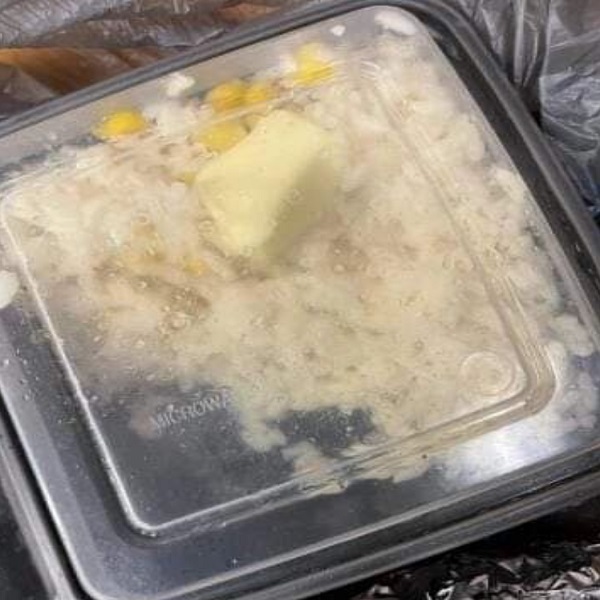
Keep Leftovers In Sealed Containers
Once you have chosen your containers for leftovers you have to ensure that they are properly sealed. Sealing off your leftovers in containers ensures that no further contamination occurs while cooling and while in storage. Sealed containers are also safe when thawing frozen food as it ensures that bacteria from the surroundings don’t contaminate the food.
Clean Your Hands Thoroughly Before Handling Leftovers
Putting leftovers on the same plate that had raw food undermines the entire meaning of safety unless you thoroughly clean the container before putting in the food. The same goes for your hands when handling leftovers that you intend to refrigerate. You should ensure that cutlery, chopping boards and other surfaces that come into contact with the food to be stored are thoroughly cleaned.
Thaw Leftovers Safely
Just because you refrigerate leftovers doesn’t mean they can’t get contaminated while you are thawing them. Thawing your leftovers in an open container at room temperature may cause contamination since all the bacteria that had been suppressed by the refrigerator get a chance to multiply. The quickest and safest way to that food is in the microwave where of course you have to ensure the food doesn’t stay for too long after it has been reheated. You can also thaw underwater but you need to ensure it stays in a sealed container. You can also put it in the fridge for 24 hours and let it thaw in a safe environment.
Reheat Properly Before Consuming
Food from the refrigerator may be as safe as many people assume. You should eat it within an hour of leaving the fridge if reheating is not an option but if you can reheat, then go ahead and get some heat in there. The heat will kill all the bacteria that accumulate inside the fridge and during thawing.
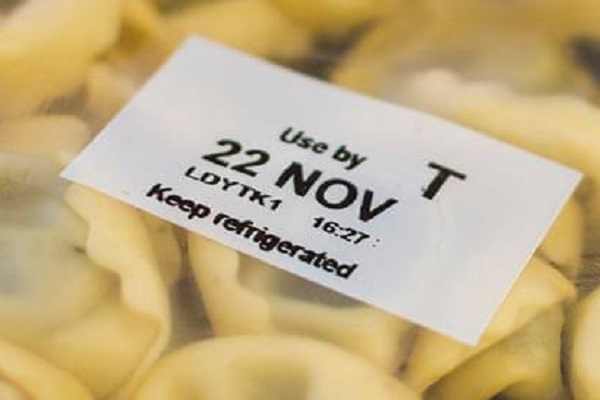
Track The Expiry Date For All Leftovers
It may sound like a tough job labelling all the leftovers you refrigerate but that simple sticker may save a life. You should not eat food that has stayed in your refrigerator for more than four days and that means you have to track all the leftovers that stay in the fridge. Labelling and including an expiry date is the easiest way to stay safe.
Dump Everything That Has Overstayed In The Fridge
If you notice any strange smell, a slimy texture or foreign growths on your food, even if it hasn’t overstayed in the fridge, the best action is to dump it. You should also dump anything that has stayed over four days in the fridge even if it seems to be fine because the results of the contamination may not be visible until the food enters your stomach.
If you have any other tips for staying safe with leftover food do let us know in the comments below.
